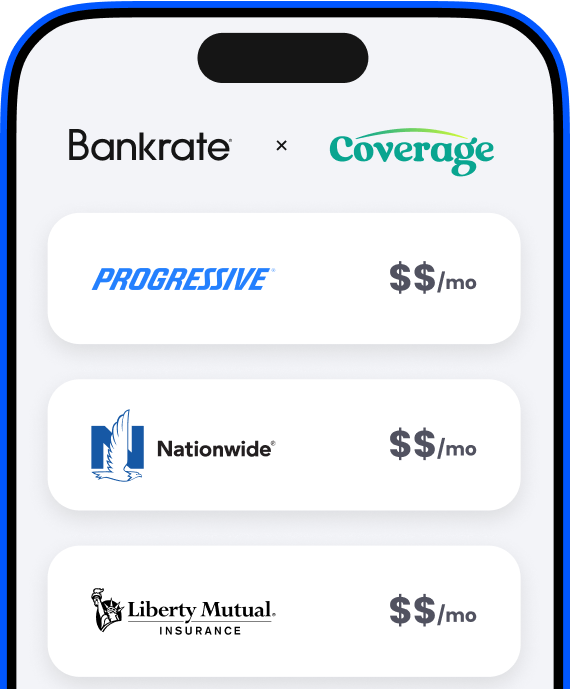Car Insurance Calculator: Estimate Your Monthly Costs
How to calculate car insurance
- Determine how much coverage you need: Knowing how much insurance you need can help you get more accurate rate estimates. Consider your vehicle value, risk factors in your area and budget when choosing your liability limits and coverage types.
- Input driver and vehicle details: Your car insurance rate depends on factors like where you live, your vehicle model, your driving history and the other drivers on your policy. In most states, your age and credit history will also influence your premium.
- See your estimate: Car insurance estimates give you a starting point for comparing rates and can help you map out how coverage fits into your budget.
- Compare real quotes and carriers: Each car insurance company has its own rating algorithm based on its interpretation of driver risk. Once you have an estimate as a starting point, compare real quotes from a range of insurers to find the policy you need at the best rate.
- Buy your policy: You can switch carriers at any time. In addition to price, consider customer service ratings, digital tools and financial strength when choosing the best car insurance company.

See what actual drivers are being quoted from Coverage for car insurance.






What you'll need to estimate your car insurance
Driver information
You'll be asked for the full name, address, age, gender and marital status of yourself and any other drivers listed on the policy. In relevant states, you may also be asked about your credit history.
Driver's license and history
Carriers will request the driver's license numbers for everyone listed on the policy. You will also be asked to provide driver history details, including any tickets or accidents.
Vehicle information
Provide the VIN number, license plate number, make, model and year for all vehicles listed on the policy. You may also be asked about annual mileage, where you park and how you use each vehicle.
Claim history
Most carriers will ask about your recent claim history. Some carriers request incidents within the last five years while others request a full history.
Coverage selections
You will be asked to select liability limits plus any additional coverage types, like comprehensive and collision. This is also when you can choose your deductibles.
Other information
Depending on the carrier, you may also be asked for information about your profession, educational background and defensive driving courses. The more information you can provide, the more accurate your initial quote will be.
Our partnership with Coverage
Coverage is our trusted and preferred Bankrate partner that helps you easily find and compare personalized offers from top insurance providers like Nationwide, Liberty Mutual, Safeco and many more.
on Coverage's website

How much should I pay for car insurance?
Methodology
Bankrate utilizes Quadrant Information Services to analyze November 2025 rates for all ZIP codes and carriers in all 50 states and Washington, D.C. Rates are weighted based on the population density in each geographic region. Estimates shown in the car insurance calculator are based on information provided by users.
*These are sample rates and should only be used for comparative purposes.
